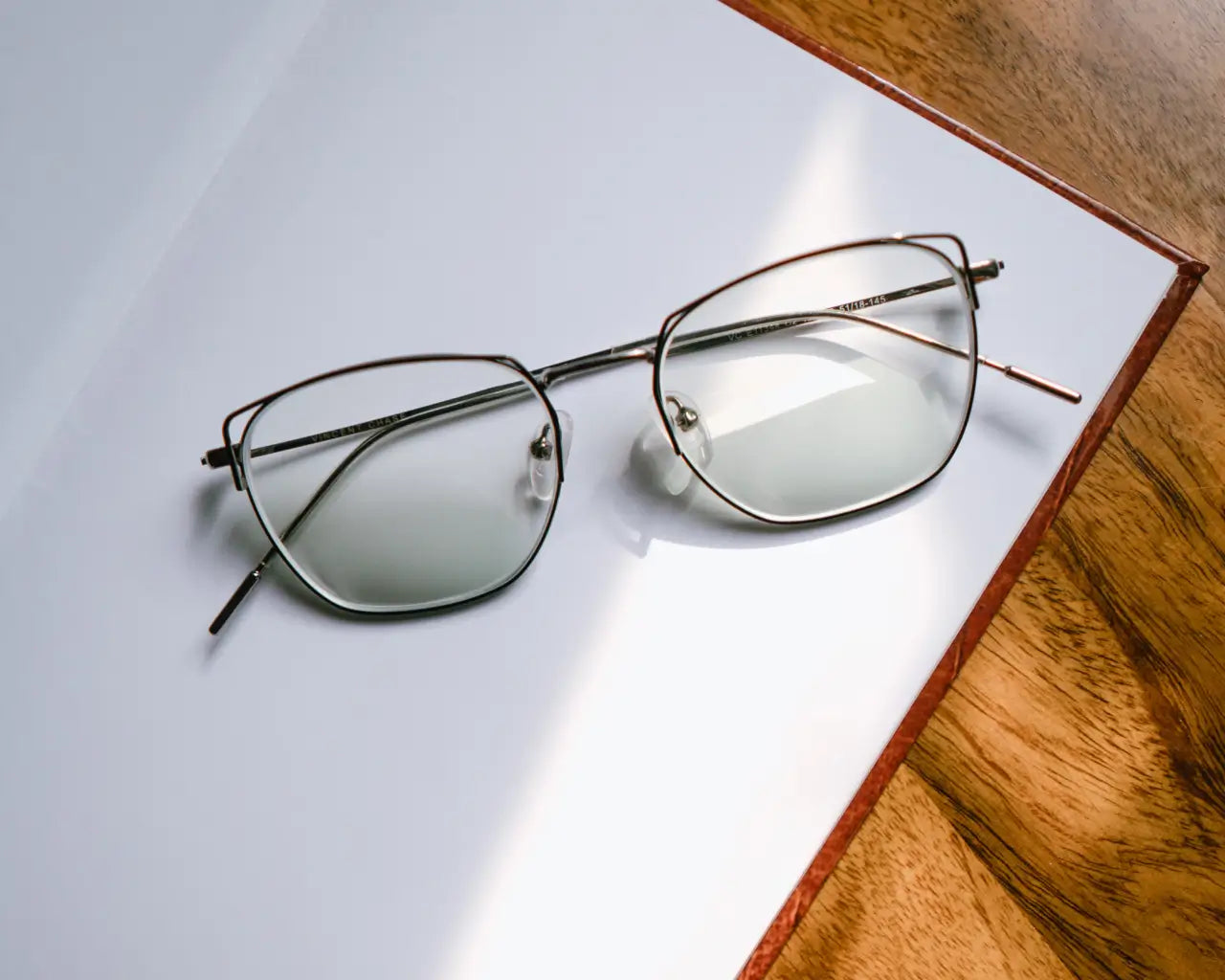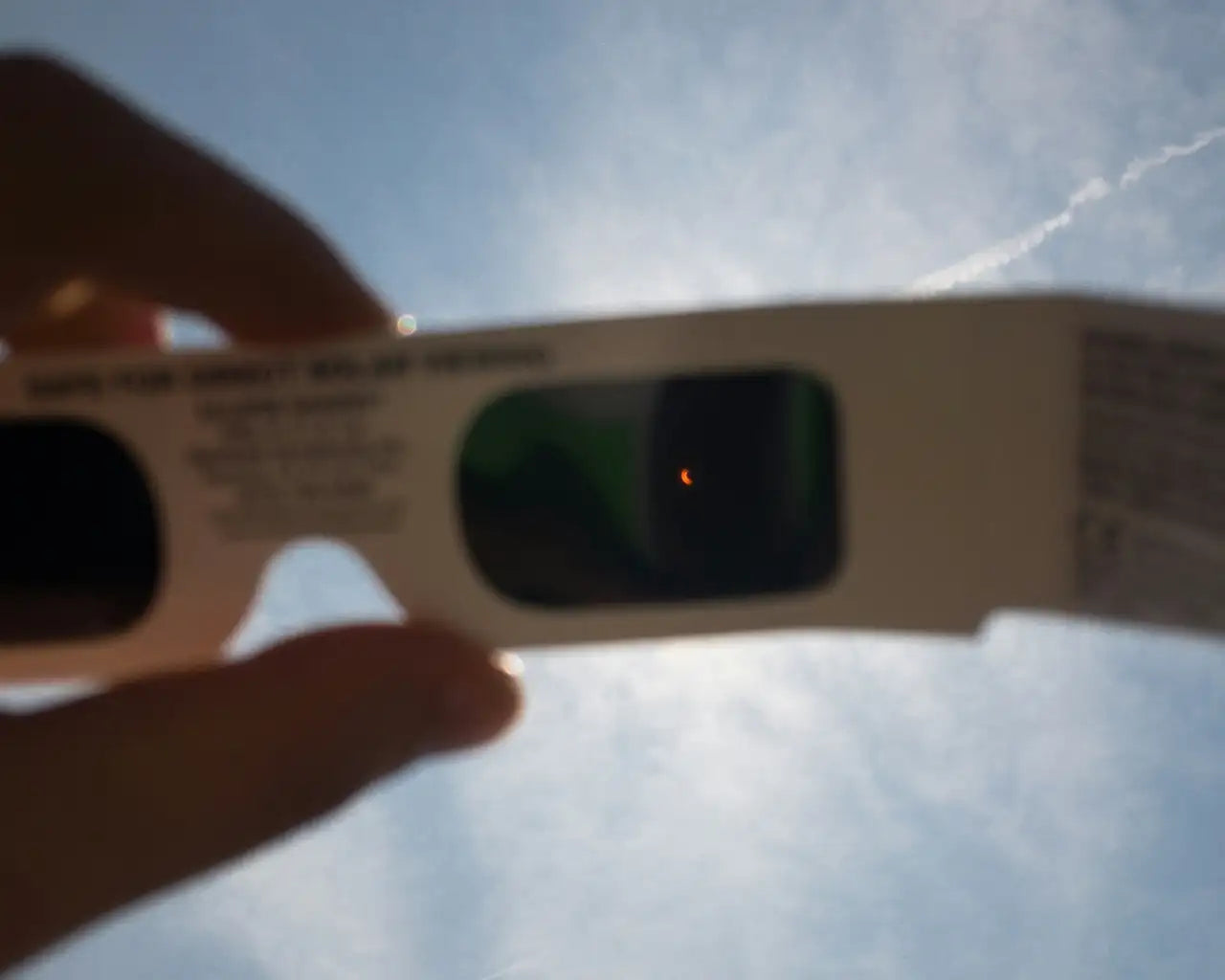How To Read Your Eyeglass Prescription

What Your Glasses Prescription Says
Eyeglasses prescriptions may be written out in a couple of different ways. Today, most Optometrists utilize a software that will print off your prescription in a template form with heading titles. When looking at your glasses prescription you will see a few abbreviations followed by a very specific number.

The Basics
Eyes
Each eye has a prescription and the vast majority of times the prescription is somewhat different in each eye. When reading your eyeglass prescription your right eye (OD) is typically always written first.
OD - Oculus Dexter, Latin term for right eye.
OS - Oculus Sinister, Latin term for right eye.
OU - Oculus Uterque, Latin term for both eyes.
Diopters
Diopters (D) or Dioptres is the unit of measurement that refers to the amount of power needed. Eyeglass prescriptions are commonly written in quarter diopter steps (0.25 D) but can be written in smaller increments if necessary.
Parts of Your Eyeglass Prescription
Sphere
Sphere (SPH) indicates the amount of lens power prescribed to correct nearsightedness or farsightedness. If you see a minus sign (–), you are nearsighted. If you see a plus sign (+), you are farsighted.
Cylinder
Cylinder (CYL) is the power needed only in a specific meridian of your lens. This indicates the amount of lens power needed for astigmatism. Unlike the Sphere power that is found in all meridians, Cylinder power only moves light in the specific meridian defined by the Axis.
Axis
Axis describes the lens meridian or direction of the cylinder power. If an eyeglass prescription includes cylinder power, it also needs to include an axis value.
Add
The Add power of your eyeglass prescription refers to the maximum amount of power that is added to the spherical power of your lens. This number is used when writing prescriptions for our Multifocal | Progressive lenses.
The number appearing in the Add section of the prescription is always a "plus" power, even when you don’t see a plus sign. Generally, it will range from +0.75 to +3.00 D and will be the same power for both eyes.
Prism
Noted as a power called prism diopter and a direction, those who need prismatic correction added to their glasses may see one or a combo of four abbreviations used for prism direction:
BU = base up
BD = base down
BI = base in (toward the wearer's nose)
BO = base out (toward the wearer's ear).
Expiration Date
All prescriptions have an expiration date. This date is regulated and varies by state boards. Typically, most eyeglass prescriptions will expire in 1-2 years from the date of exam.
Pupillary Distance
Your Pupil Distance (PD) is not a part of your eyeglass prescription but is sometimes written on your form. Your PD is measured in millimeters (mm) and is the distance between the center of your eyes. More specifically, the center of your vision. This measurement is helpful to align the optical center of your prescription lenses to your eyes.




